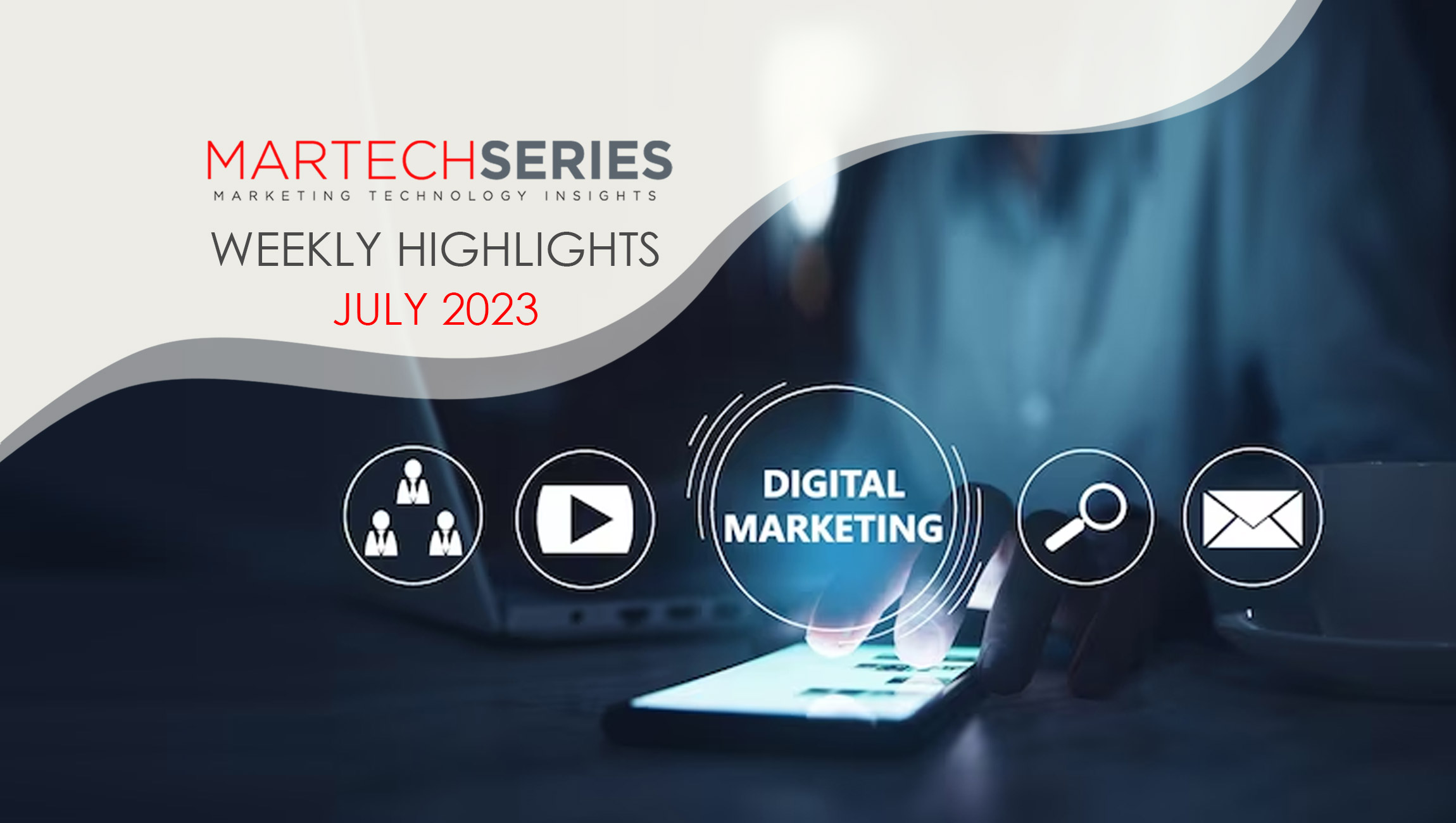There’s barely an industry around at the moment that isn’t rushing to implement AI in some way. And with so many AI companies offering to solve their problems and save them time, that’s no surprise. From OKRA and Aktana offering solutions to the medical industry with contextual intelligence, AI chatbots designed to give customer-specific recommendations on e-commerce sites, and farm monitoring and management delivered to agriculture businesses by startups like CropIn, it feels like AI is just about to enhance everyone’s businesses.
But it’s not all tech utopianism. The swift AI revolution (or its first wave) has left many small business owners, entrepreneurs, and startup founders worried. With so many AI options available, working out how to use them is difficult, and using them badly could be fatal. To avoid that, let’s investigate what’s on offer for every stage of building and growing a brand, who’s using these tools well, and what various AI tools could offer your business from launch to delivering a great user experience.
How AI Can be Used to Brainstorm and Create a Brand Identity
When creating a brand, the key ingredients have always been time, patience, and imagination. In the age of generative AI, new business owners can save a lot of time and bank that patience for later when they use their imagination in tandem with AI tools like large language models, advanced name generators, and AI website builders. In other words, while AI can be very helpful in the brand-building stage, it offers to save time and labor rather than providing a complete solution.
For example, chat GPT and similar AI writing tools can help offer ideas about questions about appropriate brand colors, tone of voice, or the kind of brand story your audience might respond to. The catch? You need to have a good idea of your future brand’s style, audience, competition, and values first. Nothing can replace this. At Squadhelp, we often talk about a concept called “brand imagination”. This means taking the brand assets you do have – maybe a name – and envisioning your entire brand around it. Once you’ve worked these key ideas out, you can use them to brainstorm with the help of AI.
Questions you could ask ChatGPT at this point in brand building include:
“I’m launching a boutique soft drinks company for millennials and gen z. Our brand values are health, fun, and experimentation. What tones of voice would be a fit for this business?”
“What fonts would work for a trustworthy real estate business aimed at full-service relocation for the many people currently moving from big cities to smaller towns?”
“My new SaaS brand turns raw data into attractive infographics in just a few easy steps. I’d like the main brand color to be burnt orange. What colors complement burnt orange, and what do each of these colors convey?”
AI For Advertising and Marketing
After launching a brand or a new product, the first task is getting your target audience interested in it. AI has been part of marketing and advertising for many years in the form of the machine learning that helps create remarketing and dynamic ad campaigns, as well as automatic market segmentation. AI as we now know it, though – or generative AI – has begun making waves in advertising in the last few months. Visual AI tools are also starting to change the industry. Frankly, that’s because they just got good enough to be used with success. A great example of this is Rembrand, a digital product placement tool that has been used by large and small brands alike: from pet food startup NomNom to titans of branding like Urban Decay and Mars.
In the marketing space, while AI-assisted content creation has been part of many companies’ mix for the past year or so, AI content creation and curation tools are improving rapidly. Spotify’s personalized playlist and Netflix’s interest-specific emails are the big-name examples we all know, but targeted and specific content creation tools are now available to all.
Again, the best way to use AI in marketing and advertising to grow your brand is to save time, labor, and money. The possible exception to this can be seen in advertising, where 80% of frequent shoppers prefer ads personalized to them. Gathering data points for this personalization and automating some of the creation of the ads themselves is crucial. While it might be possible without AI, it would take a huge team and an inordinate amount of time to collect and sort the data. In the past, that meant only larger companies had the means to truly personalize ads. AI is democratizing the process, making gathering user insights easy.
Marketing Technology News: Interview with Sean Adams, Global Insights Director at Brand Metrics Featuring Jade Power, Director of Digital Monetisation at National World
Collecting and Utilizing User Insights With AI
AI and machine learning offers an incredible array of options for collecting and utilizing user insights. While we once had to rely on either expensive third-party companies or basic consumer categorization, location, and sales or usage data to work out what users or customers might want, we now have sentiment analysis, interactive content, and automated AI market research.
One of the biggest users of sentiment analysis is Coca-Cola – this is basically a way to track how consumers feel about a product through AI analysis of social data. Sentiment analysis works on text, but other brands like McDonalds are also using image recognition to track who’s talking about them and what they feel about their brand.
While sentiment analysis works best for bigger brands, as there is simply more data out there to analyze, smaller companies can employ deceptively simple data-gathering techniques powered by AI. One of the most interesting is reactive quiz and questionnaire content.
Levo, the startup behind the world’s first infusion machine, uses this kind of content masterfully. Levo quizzes customers on their use of its products and delivers personalized recipes using some of that data. At the same time, they gather an array of customer insights they can use for advertising, product development, and more.
This win-win customer insight collection feels non-invasive, keeps users on your website, and acts as content. Levo creates its quizzes through Wyng, an AI startup that worked with brands as big as Unilever but is also very accessible for smaller businesses.
Chatbots are a similar proposition – they deliver a positive experience to the user while also providing you with data. The best examples create a seamless, unique brand experience and move users along from consideration to purchase while also grabbing incisive data insights.
AI For Enhancing User Experience
The final step of building your brand – and a step that should be ongoing – is creating and retaining a strong user base. AI can help with this in a number of ways, often collecting data insights in the process that will help you further hone in on customer needs.
This can be done in a creative way. H&M and its subsidiaries get customers to engage with their chatbot by offering outfit ideas based on browsing and purchasing, while Wholefoods’ chatbot offers users recipes based on what they’ve bought in the past and have in their cart. These examples offer more proof that personalization is one of the best ways to use AI to grow your brand quickly – your customers want to feel special, and they want to get value from your brand at every point in their journey with it.
Amazon provides another great example with its recommendation engine. Their item-to-item collaborative filtering has long been based on complex machine learning, but recently Amazon added elements of AI data collection to streamline the process of recommending products to its customers. While Amazon’s recommendations have always been good, they’re now shockingly accurate. Admittedly, this is possible on Amazon because of the incredible size of its user base and the attendant data sets, but especially if you have a small product set it’s possible for most businesses to predict what their users might want next. You can do this by building a recommendation engine in IBM Watson or working with a startup like Dynamic Yield or Abacus.ai.
Final Thoughts
There’s certainly a lot of excitement within the branding community about what AI can do, but there should also be some caution. The key right now is to use AI to impress customers, even if they don’t see what’s being offered as obviously AI-powered. Loudly announcing your use of AI is useless if that AI doesn’t serve a purpose, and the AI you choose to implement should be solving a problem or creating value for your users. This is something we’re trying to do at Squadhelp, with several new AI tools currently in the works. While AI is not yet as powerful as it one day will be, it is becoming a key part of every step of the customer journey, and we’re keen to stay at the forefront of that rather than running to catch up.
Marketing Technology News: Harness the Potential of Connectivity for Enhanced B2B Interaction











